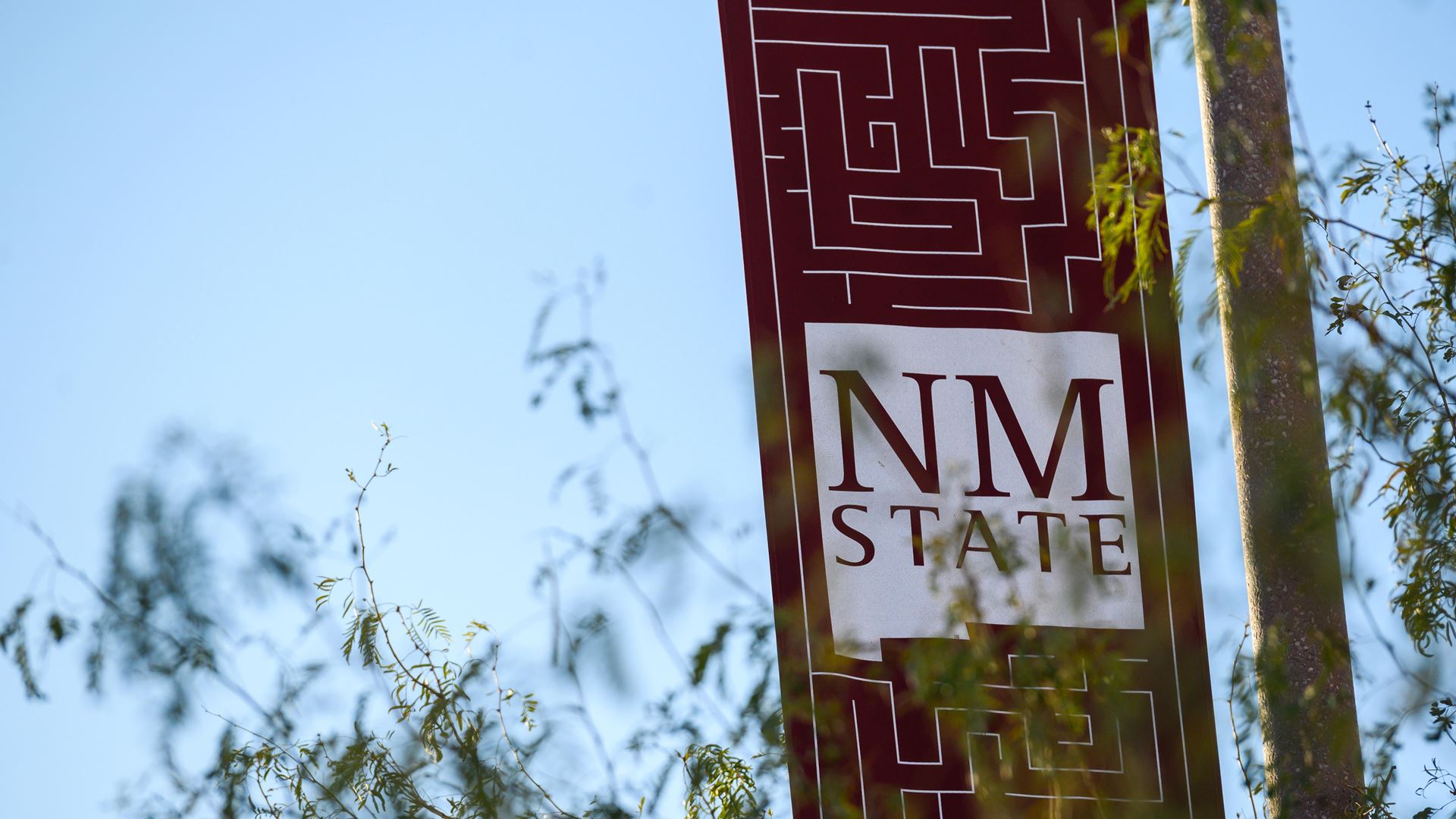As one of the most used resources in the Archives and Special Collections at the New Mexico State University Library, the Mary Daniels Taylor Durango Microfilm Collection is an international collaboration that has been utilized worldwide. Not only have researchers, such as Latin American history scholars, published books and articles citing the collection of archival records from in and around the state of Durango, Mexico, but many people have used the records to trace their ancestry back several centuries in New Mexico and Mexico.
“These collections of Durango area microfilm, and particularly the film from the Archive of the Archbishopric of Durango, have had an important impact on the scholarship of colonial northern New Spain and New Mexico,” said Dennis Daily, NMSU Archives and Special Collections department head. “They make available to scholars a whole new world of primary source documentation not available previously. In addition, hundreds of people have been able to trace their family histories using these resources, often bridging the gaps that take them all the way back to 16th-century Spain.”
While the collection is widely used, Daily said the NMSU Library has received even more requests for information in the last two years.
“We have scanned several thousands of pages of documents for dozens of researchers from the U.S. and Mexico just since the pandemic began,” Daily said. “These have been used in historical publications, genealogical websites and for personal family history research.”
“This is the most significant source of archival material relating to New Mexico specifically to become available in decades,” said Rick Hendricks, State of New Mexico records administrator and former NMSU Archives and Special Collections staff member who worked on the project. “It is also of great significance to the history of northern Mexico. It will be quite literally generations before it can be thoroughly mined for all its riches.”
NMSU Library Archives and Special Collections staff was informed about the archive of the Archbishopric of Durango, Mexico by Mesilla historian Mary Daniels Taylor in the late 1980s. While in Durango researching Ramon Ortiz, a Mesilla and New Mexican priest who studied in the seminary run by the diocese in the 1830s, Taylor discovered a trove of documentation in the archive related to the Spanish and Mexican-periods of New Mexico.
Taylor convinced Austin Hoover, then director of the NMSU Archives, of the significance of the rare materials as primary documentation of early New Mexico. Following negotiations with church officials in Durango, the archbishop approved the project for NMSU to microfilm the vast archive. This began a 15-year effort that produced more than 1,200 reels of microfilm and more than 1 million pages of documentation from four archives of the Durango region.
“I always knew that the collection would be used by scholars and family historians from around the world,” Hendricks said. “I imagined that it would take a decade or more for the first publications to come out and spread the word about the collection. I think demand for the collection came about sooner than I anticipated, but I never doubted the value of the material contained in the collection.”
Andrés Reséndez, Department of History professor at the University of California, Davis, used the collection as research for his book “The Other Slavery,” which was published in 2016 about the enslavement of Native Americans from the time of Columbus to 1900.
“The Durango archives were very significant to flesh out the story of Native peoples from New Mexico being taken out of the province and sold as slaves in places like Chihuahua and Durango,” Reséndez said. “By 1679 so many of them were flowing out of New Mexico that the bishop of Durango launched a formal investigation into this burgeoning business. As Bishop Escañuela toured his enormous ecclesiastical district, he interviewed merchants and traffickers from New Mexico to learn more about the human traffic.”
City College of San Francisco Instructor Aaron Brick also has used the collection in his research.
“I’ve used the Durango microfilms, and Rick Hendricks’ wonderful index, extensively in order to answer questions about Nueva Vizcaya, Nueva Galicia, and the Californias,” Brick said. “This includes looking up specific records, browsing transversely for related documents, and serendipitous finds within them. I could not have written several of my articles without these resources. For me, not currently able to travel to Durango, the NMSU collection has been invaluable in terms of increasing access to the historical documentation.”
To read more about the Mary Daniels Taylor Durango Microfilm Collection visit https://openstacks.nmsu.edu/durango-microfilm-collections/.

